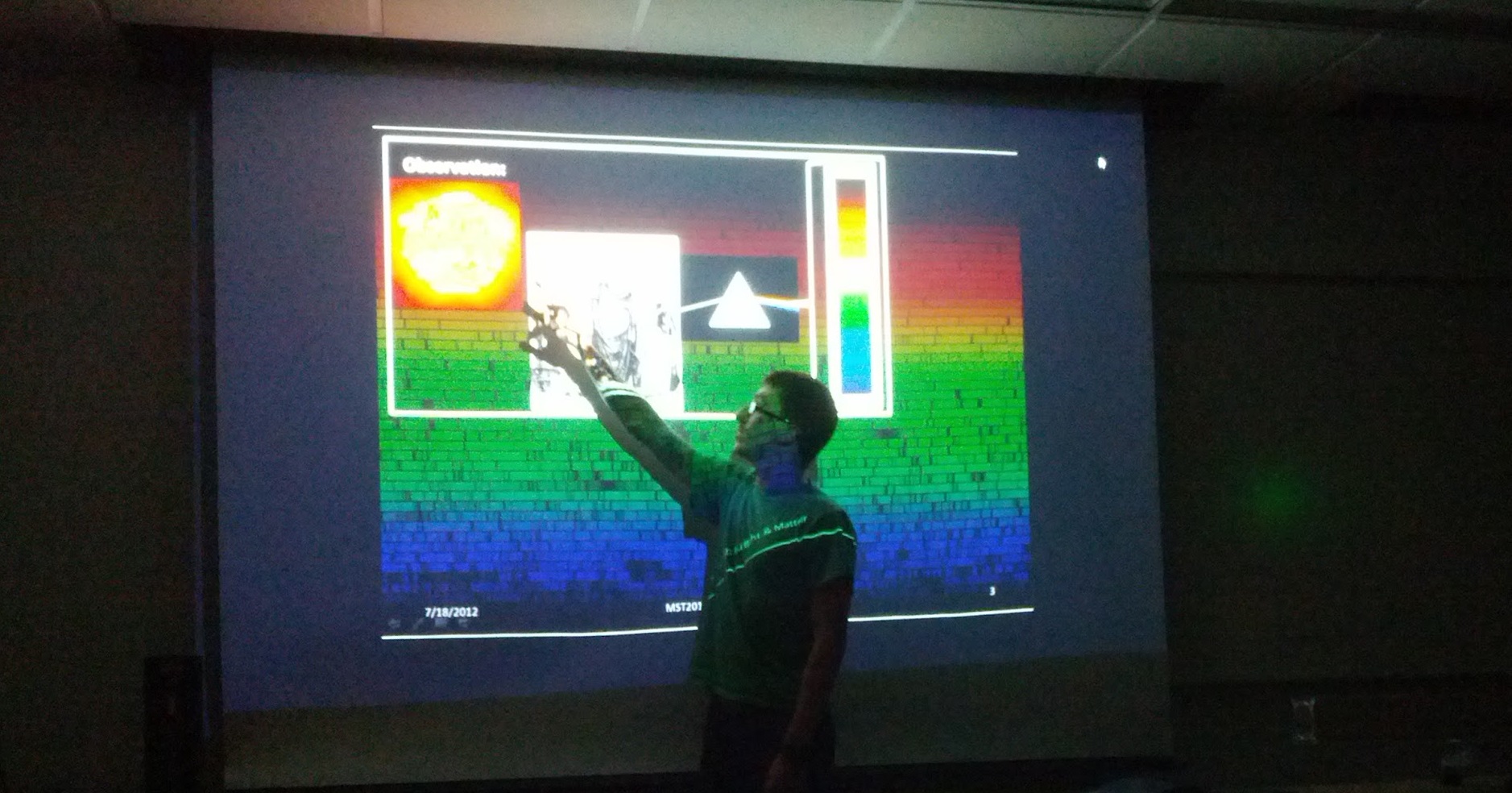Outreach Highlights
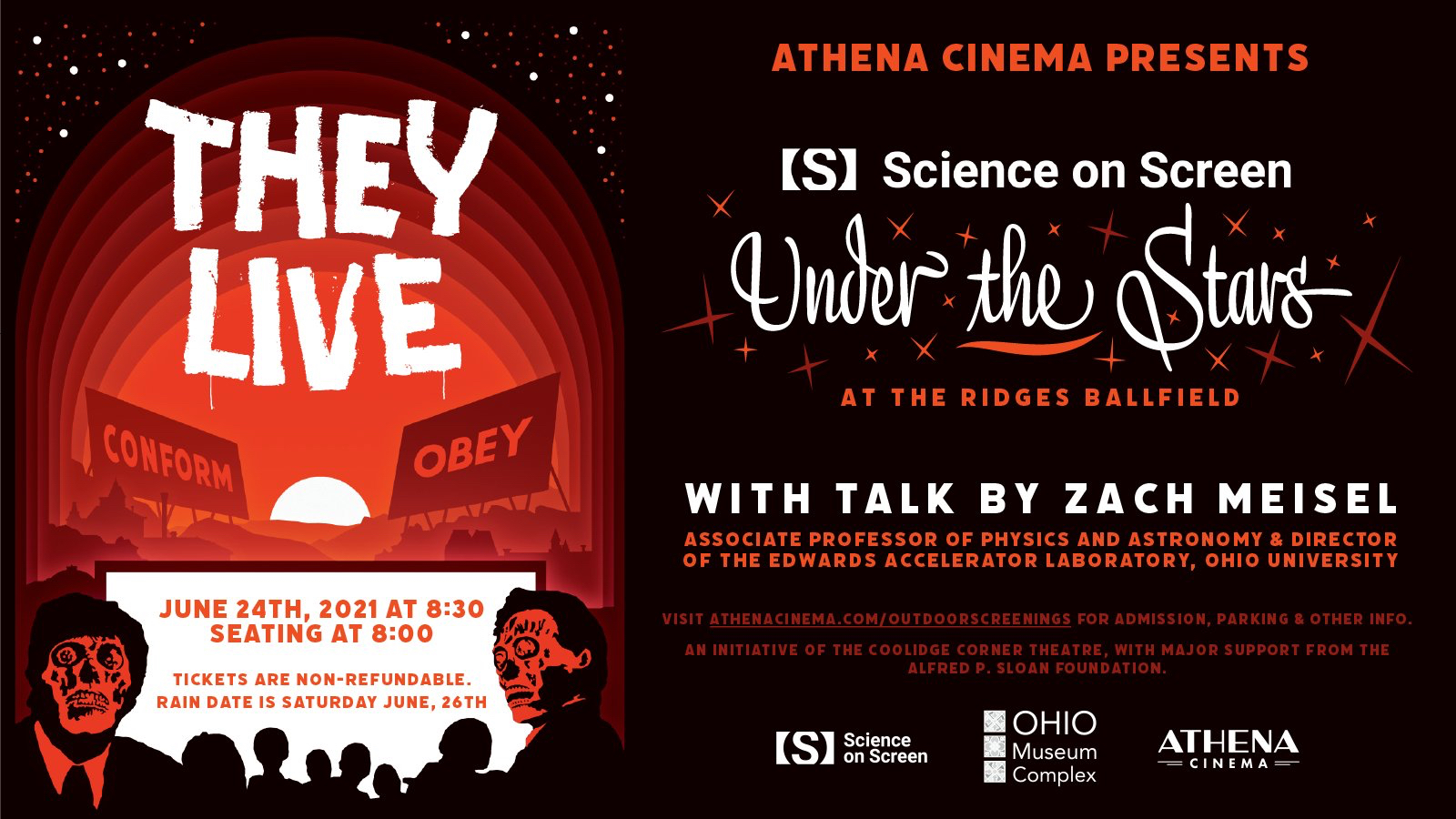
Science on Screen
Science on Screen is a STEAM seminar series offering "creative pairings of current, classic, cult, and documentary films with lively introductions by notable figures from the world of science, technology, and medicine". In cooperation with the Athena Cinema, I provided the public talk to introduce the film They Live . My outdoor presentation covered the topic of planetary habitability and the prospects for intelligent extraterrestrial life in our Galaxy. A copy of the slides from my talk can be found here .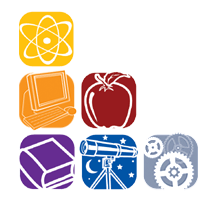
Adopt-A-Physicist
If you are a young person interested in what physicists do, what career options are available to a physicist, how to become a physicist, and related topics, you may not be sure how to find the answers to these questions. The Adopt-A-Physicist program, run by the physics honor society Sigma Pi Sigma in conjunction with the American Physical Society, facilitates connections between professional physicists and high school science students. The program consists of a month-long conversation in a discussion board between physicists and the high school classes who "adopted" them. I have participated as an adopted physicist in Fall 2017, 2018, and 2021. You can read more about my participation in the 2018 program here . You can read more about the Adopt-A-Physicist program here .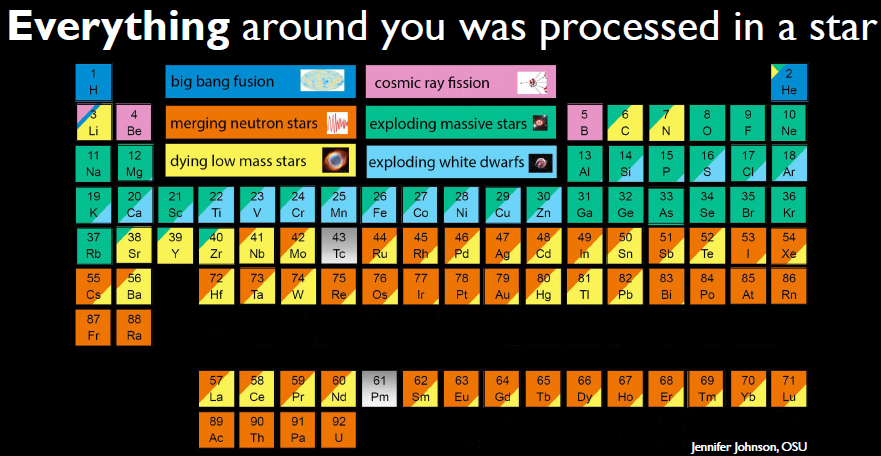
Nuclear Chemistry in the Cosmos
Why are barns red? Where did the strontium used in many toothpastes come from? What makes gold? These seemingly disparate questions are tied together by the field of nuclear astrophysics. All of the chemical elements that make up you and your surroundings were once processed in a star or stellar explosion and nuclear astrophysics aims to better understand how this happens. I discussed this nuclear chemistry of the cosmos at a Spring meeting of the Columbus Section of the American Chemical Society. A copy of this presentation can be accessed here . Those looking for a more technical presentation can find my webinar delivered on related research for the Joint Institute for Nuclear Astrophysics here on the JINA YouTube page . If you are interested in a science outreach presentation on nuclear astrophysics at your school or organization, please contact me .
Nuclear Astrophysics in a Nutshell
Nuclear astrophysics is the study of nuclei, the cores of atoms, and how their interactions impact the behavior of extremely dense matter and the origin of the elements. This research involves computational modeling of stellar explosions, as well as recreating parts of these stellar explosions in the laboratory. I discussed this at a level intended for the general public in an interactive presentation for the Ohio University College of Arts and Sciences Science Café. You can find that discussion here on the Science Café playlist . A copy of this presentation can be accessed here . Those looking for a more technical presentation can find my webinar delivered on related research for the Joint Institute for Nuclear Astrophysics here on the JINA YouTube page .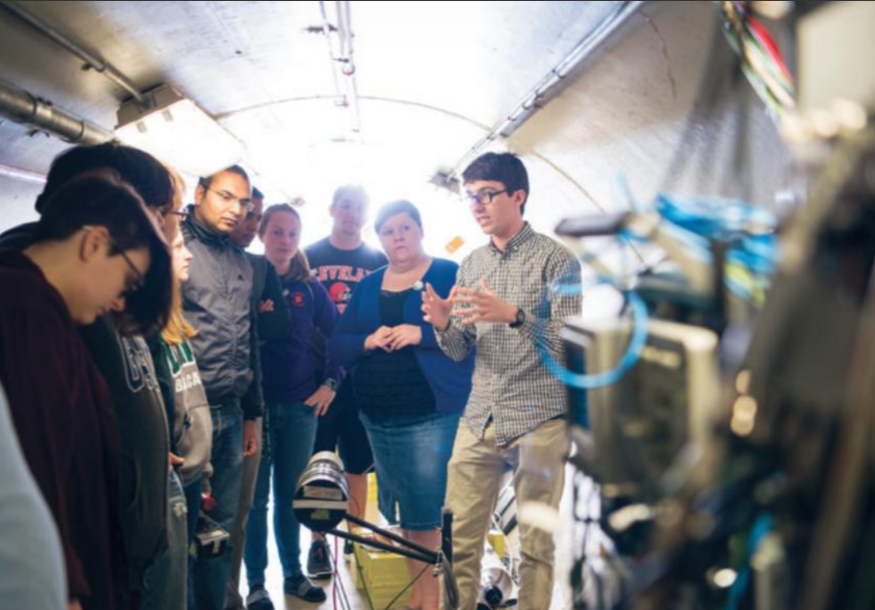
Nuclear Physics Lab Tours
The Edwards Accelerator Laboratory (EAL) on the Ohio Univeristy (OU) campus is a world-class center for research in nuclear physics. We appreciate that what we do would not be possible without tax-payer money and we would love to share our work with you. Roughly once a year we host a general open-house (A story about a recent event is here on the OU CAS Forum ), however we host several other pre-arranged tours year round. If you would like a tour of the EAL on OU's campus, please contact me .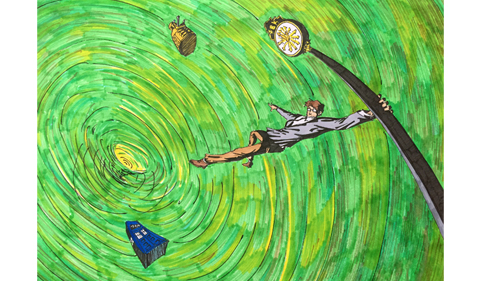
Popular Science Writing
Upon request, I wrote an article for the public on time travel to correspond with the beginning of the 10th season of the BBC series Doctor Who. The piece, "A Time Lord's Guide to Time Travel", which is my first and only foray into popular science writing, can be found here on the Ohio University College of Arts and Sciences Forum.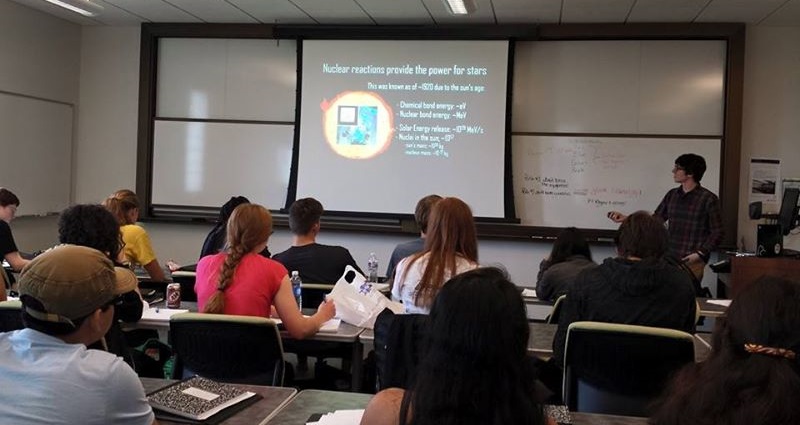
Nuclear Astrophysics for High Schoolers at PAN
The Physics of Atomic Nuclei (PAN) camp is a science outreach program sponsored by the Joint Institute for Nuclear Astrophysics. The purpose of PAN is to provide high school students with the opportunity to learn about nuclear physics through a series of hands-on experiments and lectures. I served as a lecturer for the 2015, 2016, 2020, and 2021. PAN camps, providing an introduction to nuclear astrophysics. A copy of the 2020 presentation can be accessed here . A recording of the 2020 presentation is here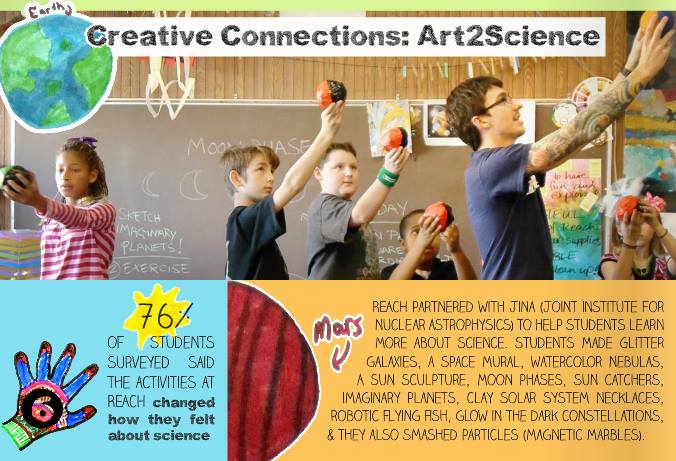
REACHing for the Stars with Art Students
REACH art studio in Lansing, Michigan hosts after school art programs for students of all ages. The programs often have a secondary goal of teaching students about a topic through art. I have served as a guest lecturer for the Creative Connections and Teen Open Studio programs, where in each case my goal was to educate elementary through high school students about the solar system. I make a brief appearance in this promotional video for Teen Open Studio .